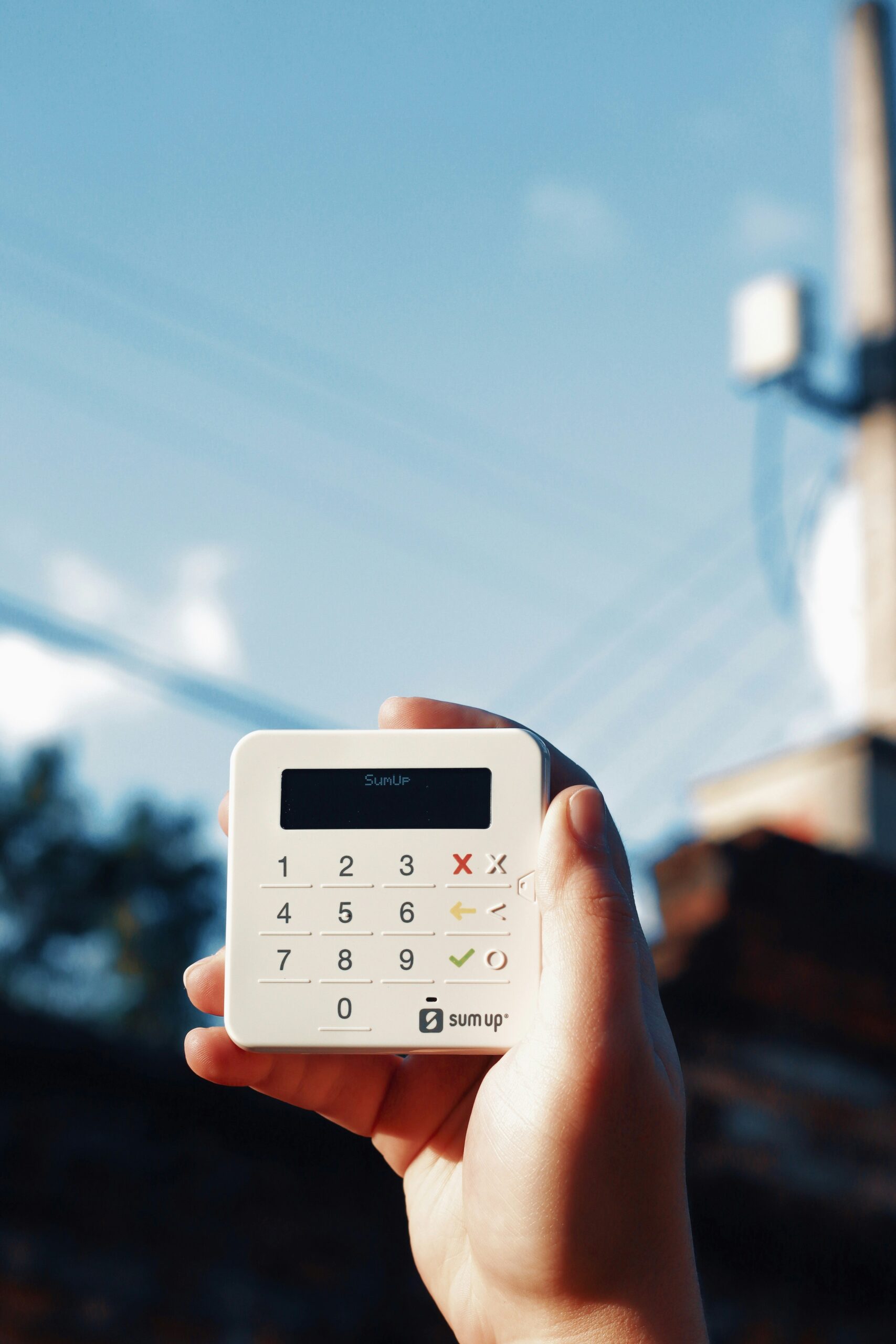Understanding Purchase Invoices and the Purchase Process
When it comes to business transactions, the term “purchase” is commonly used to refer to the act of acquiring goods or services in exchange for payment. In this context, a purchase invoice plays a crucial role in documenting the details of a purchase and ensuring proper record-keeping.
What is a Purchase Invoice?
A purchase invoice, also known as a supplier invoice or vendor invoice, is a document provided by a seller to a buyer that outlines the details of a purchase transaction. It serves as evidence of the agreement between the buyer and the seller, including the items purchased, quantities, prices, payment terms, and any applicable taxes or discounts.
The purchase invoice is typically generated by the seller and sent to the buyer after the goods or services have been delivered or rendered. It is an important piece of documentation for both parties involved, as it helps facilitate accurate bookkeeping, inventory management, and financial reporting.
The Purchase Process
The purchase process encompasses the series of steps involved in acquiring goods or services for a business. While the specific steps may vary depending on the organization and industry, the general process typically includes the following:
- Identifying the Need: The first step in the purchase process is identifying the need for a particular product or service. This could be prompted by factors such as inventory depletion, new project requirements, or customer demand.
- Supplier Selection: Once the need is identified, the next step is to select a suitable supplier. This involves evaluating factors such as price, quality, reliability, and delivery terms.
- Negotiation and Purchase Order: After selecting a supplier, the buyer may engage in negotiations to agree on the terms of the purchase, including price, quantity, delivery schedule, and payment terms. Once the terms are finalized, a purchase order is typically issued to the supplier.
- Goods or Services Delivery: The supplier then delivers the goods or provides the agreed-upon services to the buyer. This step may involve physical shipment, digital delivery, or on-site service provision.
- Receipt and Inspection: Upon receiving the goods or services, the buyer inspects them to ensure they meet the agreed-upon specifications and quality standards. Any discrepancies or issues are typically communicated to the supplier for resolution.
- Invoice and Payment: Once the buyer is satisfied with the received goods or services, the supplier issues a purchase invoice. The buyer then processes the invoice, verifies its accuracy, and proceeds with the payment according to the agreed-upon terms.
- Record-Keeping and Reconciliation: Both the buyer and the seller maintain records of the purchase transaction for accounting and reconciliation purposes. This includes keeping copies of the purchase invoice, purchase order, payment receipts, and any related correspondence.
Benefits of Purchase Invoices
Purchase invoices offer several benefits to businesses, including:
- Accurate Financial Reporting: Purchase invoices provide detailed information about the expenses incurred by a business, allowing for accurate financial reporting and analysis.
- Audit Trail: Purchase invoices serve as an audit trail, documenting the flow of goods and services between the buyer and the seller.
- Inventory Management: Purchase invoices help businesses keep track of their inventory levels by providing information on the quantity and cost of goods purchased.
- Tax Compliance: Purchase invoices include details of any applicable taxes, helping businesses ensure compliance with tax regulations and facilitating the claiming of input tax credits.
- Dispute Resolution: In the event of a dispute or discrepancy, purchase invoices provide a clear reference point for resolving issues between the buyer and the seller.
Conclusion
Purchase invoices play a vital role in the purchase process, documenting the details of a transaction and facilitating accurate record-keeping. Understanding the purchase process and the importance of purchase invoices can help businesses maintain efficient operations, financial transparency, and compliance with regulatory requirements.

